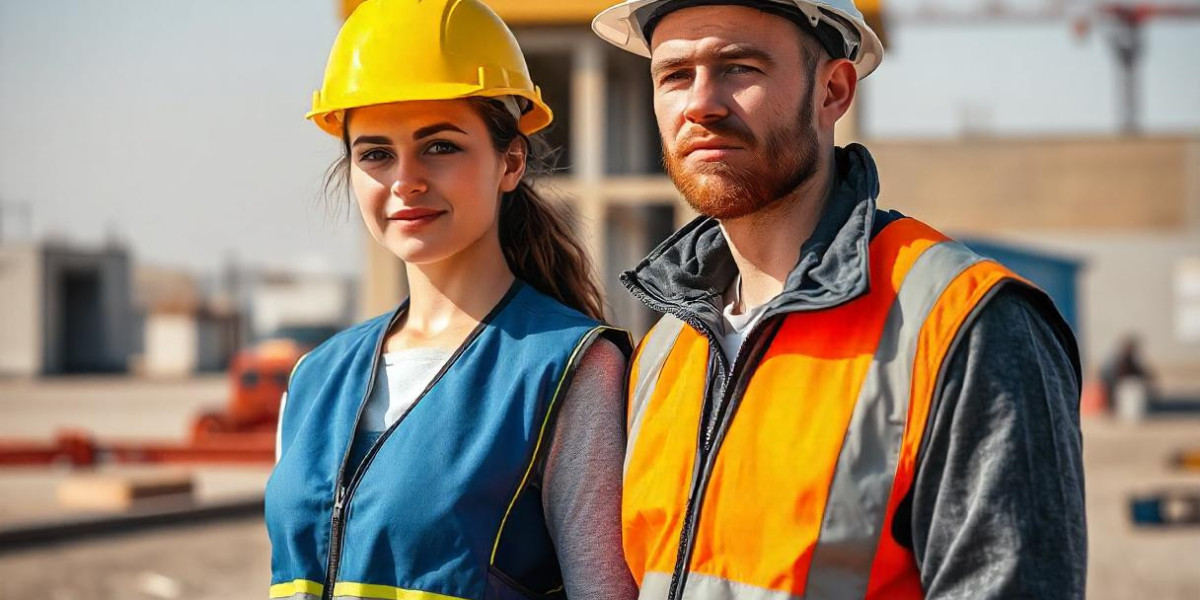Creating a safe and healthy workplace isn't just a job for safety officers—it's a shared mission. When everyone, from upper management to frontline workers, takes ownership of safety, it transforms the culture of a workplace. This idea is known as collaborative responsibility, and it plays a vital role in preventing workplace hazards and building a long-lasting safety culture.
In this article, we’ll explore how collaborative responsibility can reduce hazards, improve morale, and boost productivity. We’ll also share real-life anecdotes, a practical step-by-step guide, and insights on how investing in professional training—such as the NEBOSH Course—can bring lasting change. For those considering this qualification, understanding the NEBOSH course fees in Pakistan is an important step toward making an informed decision.
Why Workplace Safety Should Be Everyone’s Business
Workplace accidents are often seen as isolated incidents caused by individual mistakes. But in reality, most accidents result from system failures—poor planning, unclear communication, lack of training, or insufficient safety equipment.
Collaborative responsibility means that workplace safety is not just the duty of one person or department. Instead, everyone plays an active role. From identifying potential occupational hazards to reporting near-misses, every small action adds up.
A Real-Life Example: A Missed Warning
In one manufacturing plant, a small oil spill near a machine was ignored because "it wasn’t my job" to clean it. Hours later, a worker slipped, fractured his wrist, and ended up on medical leave. The cost of the accident wasn’t just medical bills—it also impacted productivity, morale, and trust.
If one person had spoken up or cleaned the spill, the injury could’ve been avoided.
The Most Common Workplace Hazards That Can Be Prevented
Let's take a look at some common workplace hazards that collaborative safety efforts can help reduce:
1. Slips, Trips, and Falls
Uneven flooring, wet surfaces, and cluttered walkways are among the most frequent causes of injuries. These risks can be minimized if everyone is encouraged to report hazards and tidy up shared spaces.
2. Manual Handling Injuries
Workers often suffer from back strain, muscle tears, or joint pain from lifting heavy or awkward loads without proper technique. Training staff on how to lift safely—and encouraging the use of lifting aids—can dramatically reduce these injuries.
3. Chemical Exposure and Toxic Substances
Poor labeling or storage of chemicals can lead to burns, poisoning, or respiratory problems. A culture of shared responsibility ensures that Material Safety Data Sheets (MSDS) are accessible and chemicals are used safely.
4. Fire Hazards
Blocked fire exits, faulty electrical equipment, and poor storage of flammable materials are all preventable when everyone is alert and informed.
Step-by-Step Guide to Building Collaborative Responsibility
Step 1: Start with Leadership Commitment
Leaders must walk the talk. When management consistently follows safety rules and listens to workers’ concerns, it sets the tone for the whole organization.
“The culture of any organization is shaped by the worst behavior the leader is willing to tolerate.” – Gruenter & Whitaker
Step 2: Conduct Hazard Awareness Sessions
Hold regular toolbox talks, safety briefings, or risk assessment sessions. These help workers identify and control workplace hazards proactively.
Step 3: Empower Employees to Speak Up
Create a “no-blame” culture where employees feel comfortable reporting hazards, mistakes, or near-misses without fear of punishment. Suggestion boxes, anonymous surveys, and open-door policies can help.
Step 4: Offer Professional Training
Enrolling employees in accredited programs like the NEBOSH International General Certificate (IGC) provides them with tools to understand and reduce workplace hazards confidently.
The Role of a Safety Officer in Promoting Shared Responsibility
While safety is everyone's job, a safety officer acts as the guide and catalyst. They inspect sites, conduct risk assessments, and provide training. But their biggest role is building a safety-first mindset across the team.
For those interested in pursuing this career, a Safety Officer Course in Pakistan can open the door to a rewarding profession. The course includes real-world safety protocols, hazard identification, and communication techniques essential for promoting occupational health and safety.
Why NEBOSH Training is a Smart Investment
Many employers hesitate to invest in training until an accident forces them to. But companies that prioritize safety through training often see long-term benefits:
Fewer injuries and downtime
Better staff morale
Stronger legal compliance
Lower insurance premiums
What About the Cost?
The NEBOSH course fees in Pakistan can vary depending on the provider and delivery method (online or in-person). On average, it ranges from PKR 100,000 to PKR 150,000. While it may seem like a lot upfront, the return on investment through fewer accidents and improved safety culture is worth every rupee.
Real-World Impact: A Story Worth Sharing
Ali, a construction site supervisor in Lahore, took the NEBOSH IGC after his team experienced multiple safety incidents in a short time. Within six months of applying what he learned—clearer signage, more staff briefings, and proper PPE—incident rates dropped by 65%. His company even won a safety award the following year.
Ali now trains new hires and shares his story in safety seminars. He says, "NEBOSH didn’t just change my career—it changed the way I look at work and life."
Read More: NEBOSH IGC Course in Pakistan
Final Thoughts
Building safer workplaces isn’t about placing all the pressure on safety managers or a set of rules pinned to the wall. It’s about creating a mindset where everyone feels responsible—from the CEO to the cleaner.
This shift starts with awareness, grows through training, and becomes permanent through teamwork. Whether it’s by enrolling in a NEBOSH Course, redesigning workspaces, or simply speaking up when something looks unsafe, we all have a role to play.
How is your workplace encouraging safety? Share your story below!













